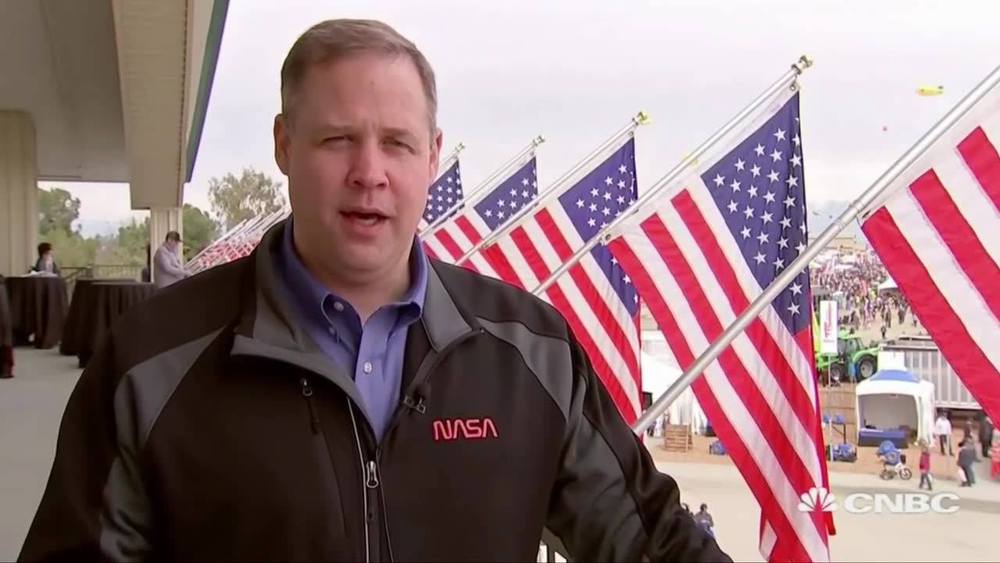Publication: Gloucester Daily Times pages: opinion section: columns story title: Living with artificial super-intelligence author: Anthony J. Marolda date: February 1, 2019.
Note: collected for library archive.
Publication: Gloucester Daily Times pages: opinion section: columns story title: Living with artificial super-intelligence author: Anthony J. Marolda date: February 1, 2019.
Note: collected for library archive.
With the development of deep fakes and social media bots, there’s a concern about the use of AI in crime. This paper by Floridi is a great analysis of the possible problems that may arise. From the above mentioned deep fakes to AI copying someone’s social media account into another media and pretending to be them or the use of AI financial bots to gather insider information to use in financial manipulation.
The last idea reminds of the scenes in Transcendence where the AI Will Caster makes a fortune in the markets.
Artificial intelligence (AI) research and regulation seek to balance the benefits of innovation against any potential harms and disruption. However, one unintended consequence of the recent surge in AI research is the potential re-orientation of AI.

Here’s a clip about how we’re helping farmers understand the precise irrigation needs of their crops.
Full interview: https://www.cnbc.com/2019/02/14/nasas-bridenstine-on-spacex-…-mars.html
Imagine if we could replace fossil fuels with our very own stars. And no, we’re not talking about solar power: We’re talking nuclear fusion. And recent research is helping us get there. Meet the Experimental Advanced Superconducting Tokamak, or EAST.
EAST is a fusion reactor based in Hefei, China. And it can now reach temperatures more than six times as hot as the sun. Let’s take a look at what’s happening inside. Fusion occurs when two lightweight atoms combine into a single, larger one, releasing energy in the process. It sounds simple enough, but it’s not easy to pull off. Because those two atoms share a positive charge. And just like two opposing magnets, those positive atoms repel each other.
Stars, like our sun, have a great way of overcoming this repulsion … their massive size, which creates a tremendous amount of pressure in their cores … So the atoms are forced closer together making them more likely to collide. There’s just one problem: We don’t have the technology to recreate that kind of pressure on Earth.

For more information visit: http://immergeinteractive.com/elements
Fender Telecaster meets custom built LED video display meets audio reactive control software.
The company claimed it was going to send hundreds of people to live on Mars.
What a shocker.

A biomedical device designed to lure tumour cells out of the brain Pied Piper-style has been awarded specialist breakthrough status by the US Food and Drug Administration (FDA). Following successful trials in rats, the device, dubbed a ‘tumour monorail’, has been put on the fast track for human trials by the FDA.
A planned US$35-million upgrade could enable LIGO to spot one black-hole merger per hour by the mid-2020s.
“I read more than my share of textbooks,” Gates says. “But it’s a pretty limited way to learn something. Even the best text can’t figure out which concepts you understand and which ones you need more help with.”
Software can be used to create a much more dynamic learning experience, he says.
Gates gives the example of learning algebra. “Instead of just reading a chapter on solving equations, you can look at the text online, watch a super-engaging video that shows you how it’s done, and play a game that reinforces the concepts,” he writes. “Then you solve a few problems online, and the software creates new quiz questions to zero in on the ideas you’re not quite getting.”
